Archives
- 2018-07
- 2018-10
- 2018-11
- 2019-04
- 2019-05
- 2019-06
- 2019-07
- 2019-08
- 2019-09
- 2019-10
- 2019-11
- 2019-12
- 2020-01
- 2020-02
- 2020-03
- 2020-04
- 2020-05
- 2020-06
- 2020-07
- 2020-08
- 2020-09
- 2020-10
- 2020-11
- 2020-12
- 2021-01
- 2021-02
- 2021-03
- 2021-04
- 2021-05
- 2021-06
- 2021-07
- 2021-08
- 2021-09
- 2021-10
- 2021-11
- 2021-12
- 2022-01
- 2022-02
- 2022-03
- 2022-04
- 2022-05
- 2022-06
- 2022-07
- 2022-08
- 2022-09
- 2022-10
- 2022-11
- 2022-12
- 2023-01
- 2023-02
- 2023-03
- 2023-04
- 2023-05
- 2023-06
- 2023-08
- 2023-09
- 2023-10
- 2023-11
- 2023-12
- 2024-01
- 2024-02
- 2024-03
- 2024-04
- 2024-05
- 2024-06
- 2024-07
- 2024-08
- 2024-09
- 2024-10
- 2024-11
- 2024-12
- 2025-01
- 2025-02
- 2025-03
-
The totality of evidence from randomized clinical trials sup
2019-12-27
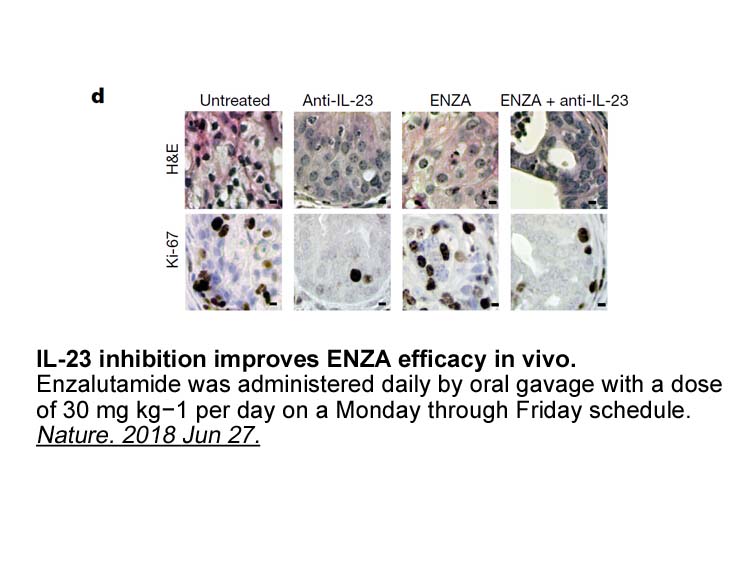
The totality of evidence from randomized clinical trials supports the premise that worsening signaling failure is a class effect of DPP-4 inhibitors. A meta-analysis by Verma et al. (54) of 100 randomized controlled clinical trials reported that the use of DPP-4 inhibitors was accompanied a signifi
-
The positive correlation between ATG and DCTPP TCGA data
2019-12-27
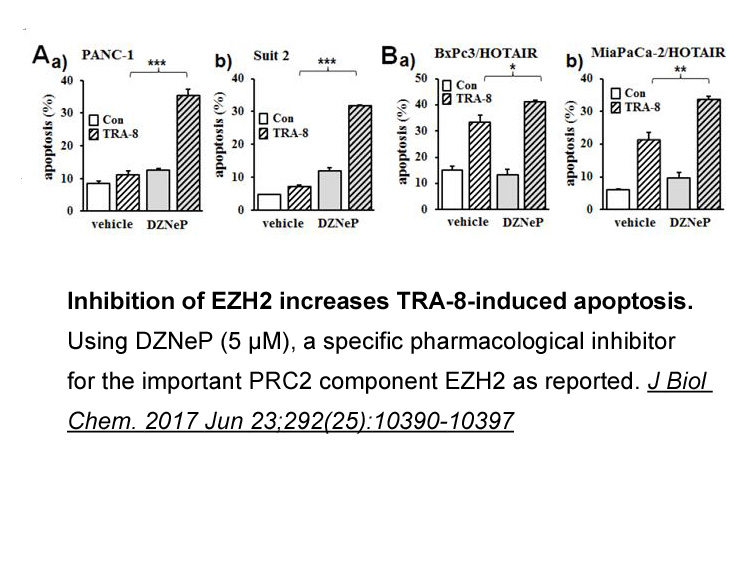
The positive correlation between ATG7 and DCTPP1 (TCGA data) suggested our hypothesis that DCTPP1 may affect the phenotype of prostate tumor, or maybe other types of tumors as well, through its role in autophagy. To test this hypothesis, we carried out western-blot experiments in which the ratios of
-
DNA promoter hypermethylation is an
2019-12-27

DNA promoter hypermethylation is an important mechanism in epigenetic modulation of gene expression.[16], [17], [18] When the promoter CpG island of a gene is hypermethylated, the transcription and its associated function of the gene will be subsequently altered.[19], [20], [21] In human cancers, we
-
The most important cytotoxic lesion formed
2019-12-27
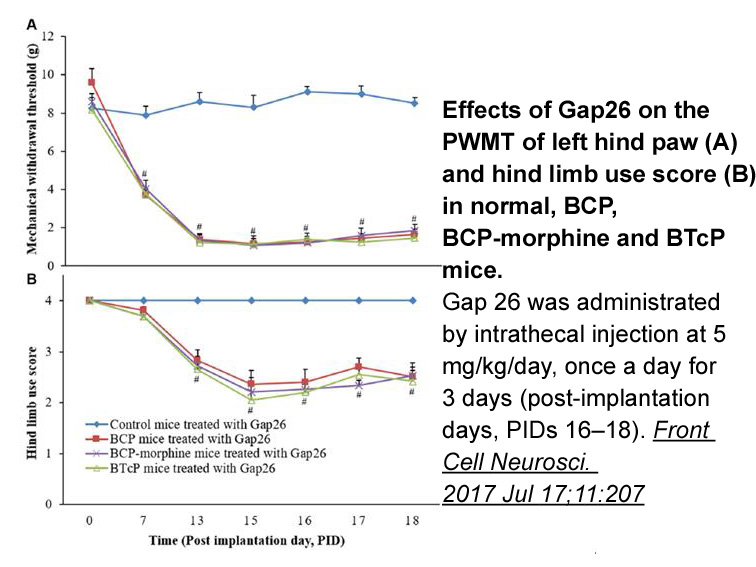
The most important cytotoxic lesion formed by the nitrogen mustards is generally considered to be the DNA–DNA interstrand cross-link 12, 13. DNA–DNA interstrand cross-links are thought to exert their cytotoxic effects by inhibiting DNA duplex strand separation, progression of the GSK-3 Inhibitor IX
-
7ACC1 australia br Materials and methods br
2019-12-27
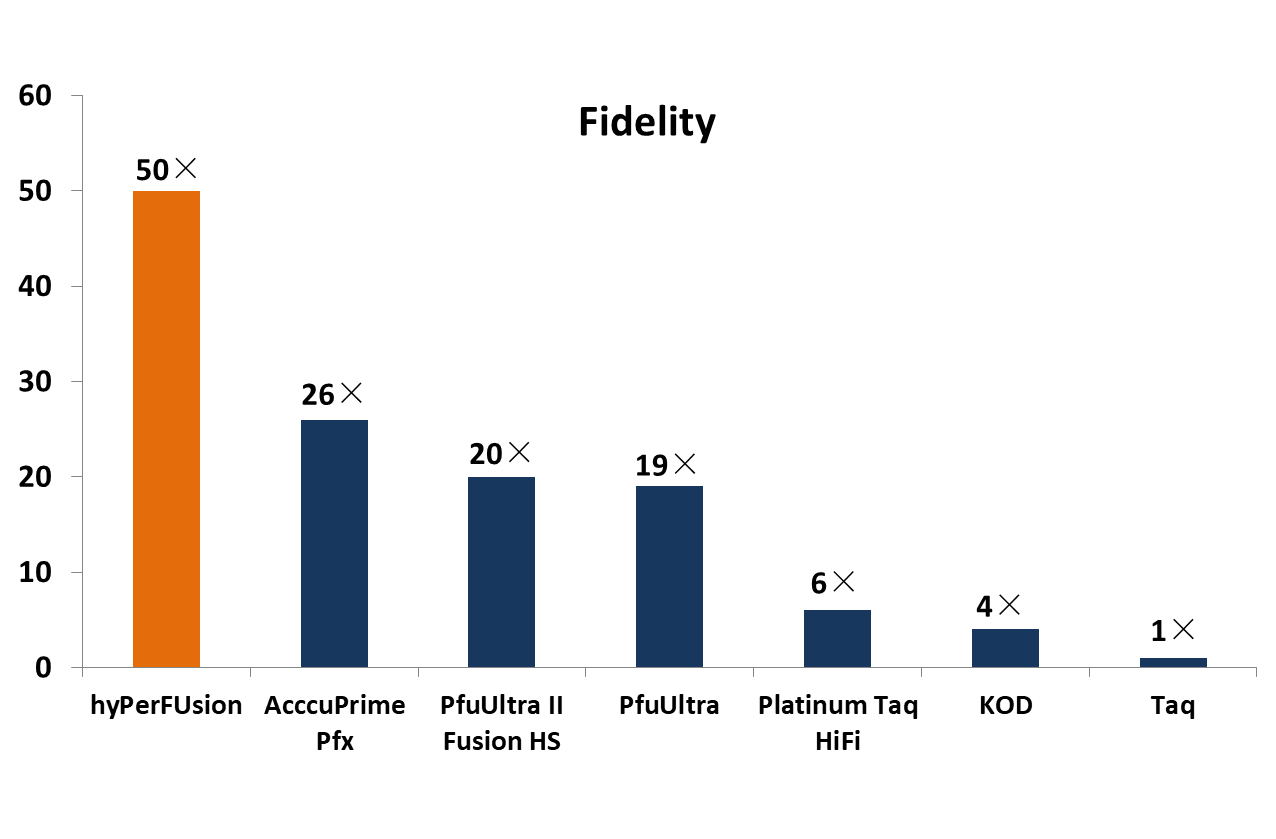
Materials and methods Results Discussion The main finding of the present study is that selective ETA and dual ETA/ETB receptor blockade markedly improve endothelium-dependent vasodilatation in patients with type 2 diabetes and vascular complications. The magnitude of improvement did not dif
-
A possible explanation for these observations
2019-12-27

A possible explanation for these observations has been provided by a recent study showing that EWS-FLI-1 increases the Skp2-mediated 26S proteasome degradation, decreasing p27 protein stability and preventing cell senescence [42]. Mechanism of action of EWS-FLI-1 Molecular analysis has revealed
-
Spautin-1 australia br Introduction Pattern separation is th
2019-12-26
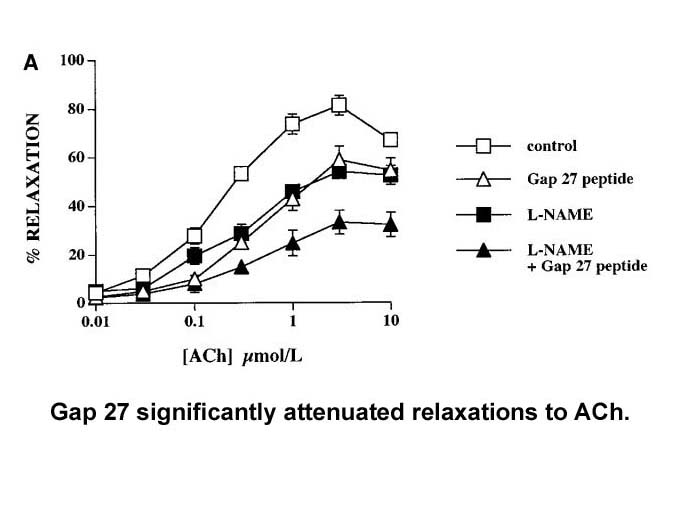
Introduction Pattern separation is the ability to make distinct representations from highly overlapping information, a process which is important for memory encoding (Clelland et al., 2009). For correct pattern separation, old information needs to be retrieved and compared to new information. If
-
TPMPA australia The authentic PPase was purified from B subt
2019-12-26

The authentic PPase was purified from B. subtilis as described previously [21], whereas the recombinant enzyme was purified to homogeneity from E. coli by a simplified procedure including only phenyl-Sepharose CL-4B column chromatography and DEAE-HPLC [21]. About 26 mg of pure enzyme was obtained fr
-
The three dimensional crystal structure of Ca loaded
2019-12-26
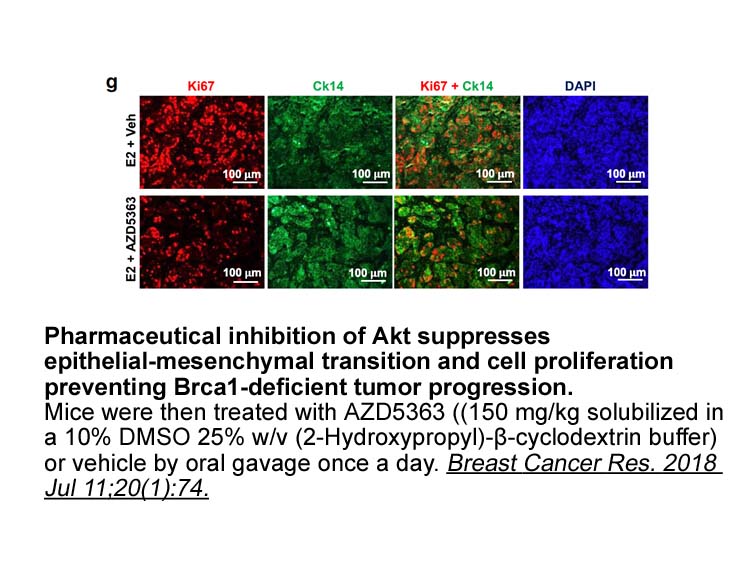
The three-dimensional crystal structure of Ca2+ loaded CaM reveals a dumbbell-shaped molecule with two roughly globular lobes, the N- and C-terminal lobes linked by a long solvent-exposed helix, which has been shown by NMR to be non-helical in its central part and flexible in solution [13]. Each glo
-
A comparison between tinnitus and
2019-12-26
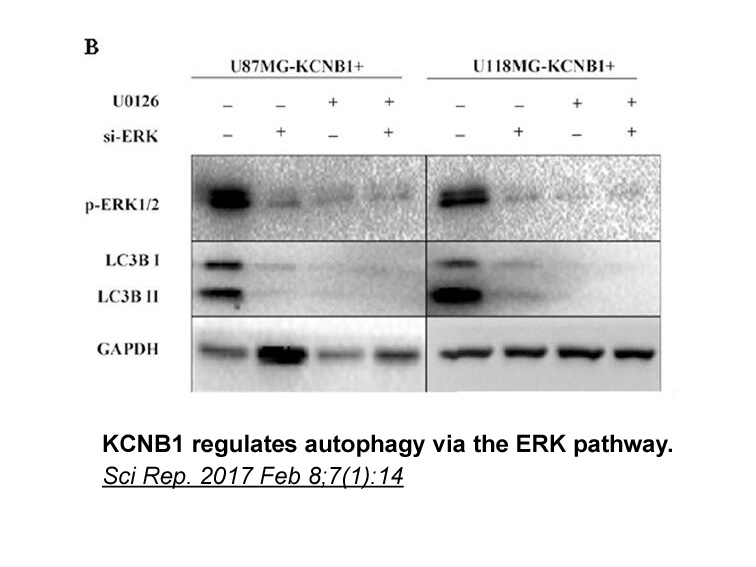
A comparison between tinnitus and controls subjects showed increased activity in the left AUD and PHC for the gamma frequency band. The link between gamma band activity in the AUD and tinnitus has been identified using both EEG (van der Loo et al., 2009) and MEG (Weisz et al., 2005, 2007). This is s
-
Carbamazepine It is well known that
2019-12-26
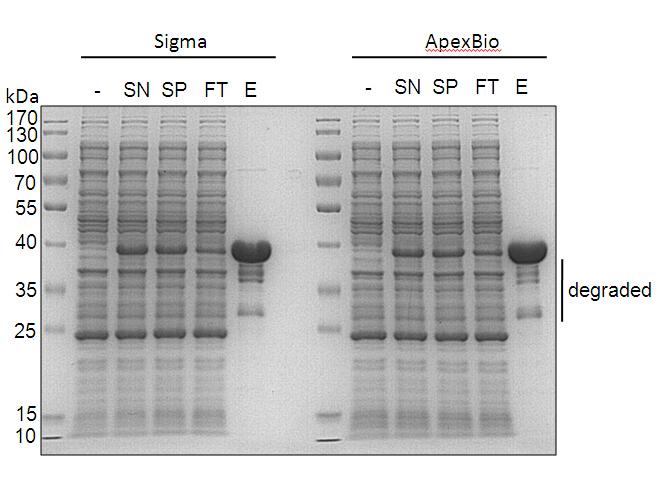
It is well known that acrolein, a metabolite of cyclophosphamide, is responsible for the cyclophosphamide-induced cystitis, and that acrolein is capable of activating TRPA1 channels expressed in the capsaicin-sensitive primary afferents [2], [11]. In this context, it is likely that the early phase o
-
We found that Th cells
2019-12-26

We found that Th17 cells, derived either from in vivo immunization or in vitro polarization under pathogenic conditions (in presence of IL-23 and/or IL-1β) expressed high levels of EBI2. In contrast, Th17 melk inhibitor that were generated in absence of IL-23 or IL-1β lost EBI2 expression during di
-
Crystallographic and NMR based analyses have revealed
2019-12-26
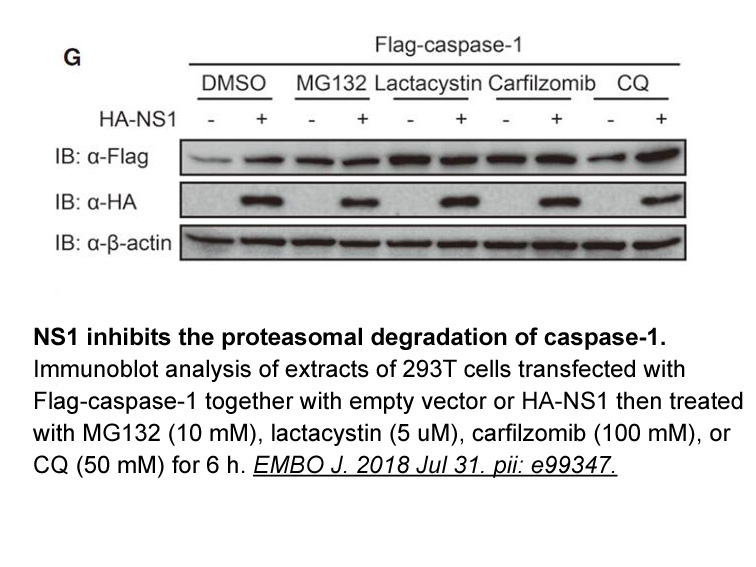
Crystallographic and NMR-based analyses have revealed that RINGs and U-boxes have a common mode of interaction with E2s (Fig. 2A). The key structural elements are two loop-like regions, which, in the case of RINGs, coordinate Zn. The loops surround a shallow groove formed by the central α-helix. Tog
-
chlortetracycline The relatively less well studied encodes t
2019-12-26
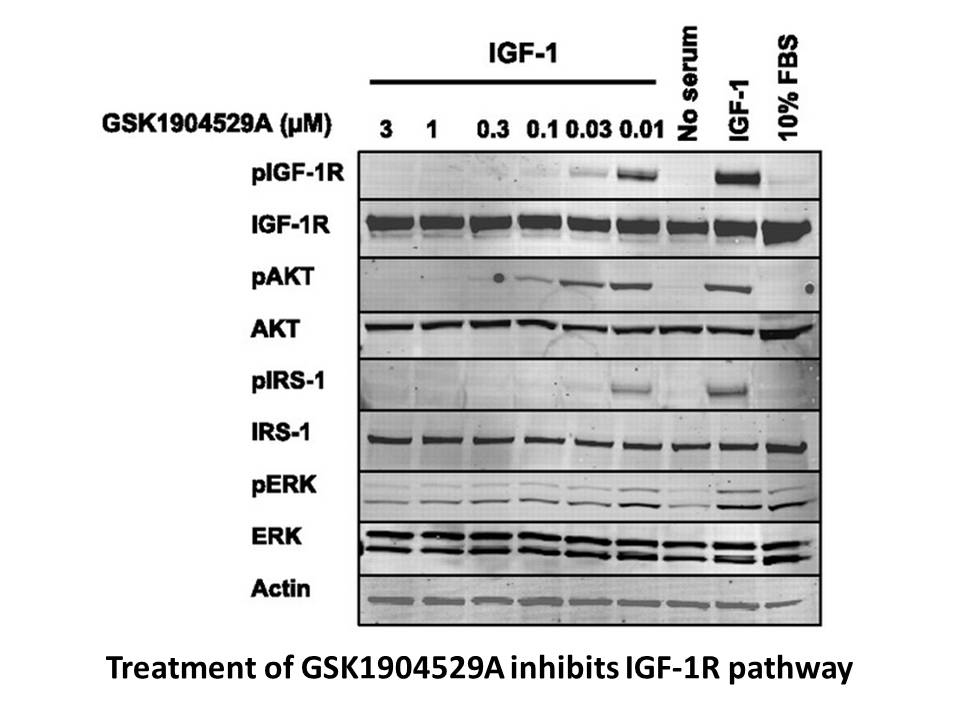
The relatively less well-studied encodes the E2 type SUMO-conjugating enzyme. In plants, the SCE family members play roles in abiotic stress responses. An E2 enzyme, SaSce9, from plays roles in salinity and drought stress responses (). Furthermore, SCE can respond to heat stress in rice (). Howeve
-
Ubiquitination is a reversible posttranslational modificatio
2019-12-26
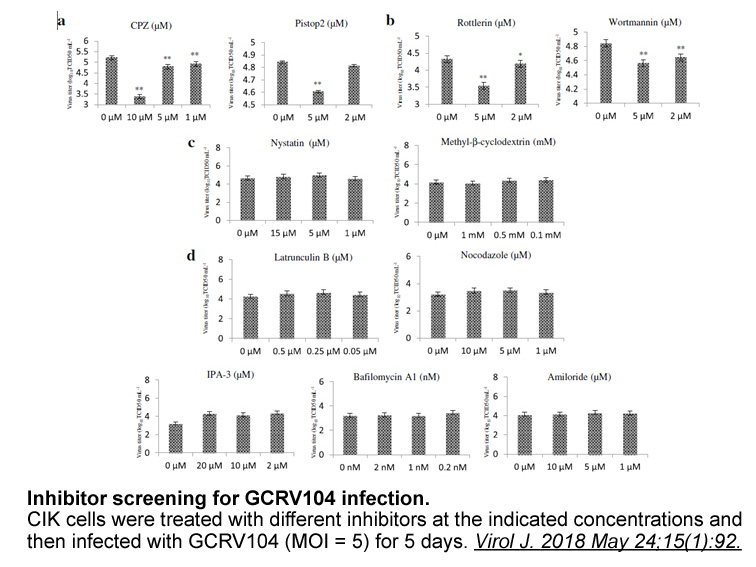
Ubiquitination is a reversible posttranslational modification. The removal of Ub is carried out by enzymes known as deubiquitinases (DUBs). The antagonistic role played by these enzymes in the Ub pathway regulates the function of the ubiquitinated proteins, while maintaining the free Ub pool in euka
15650 records 882/1044 page Previous Next First page 上5页 881882883884885 下5页 Last page